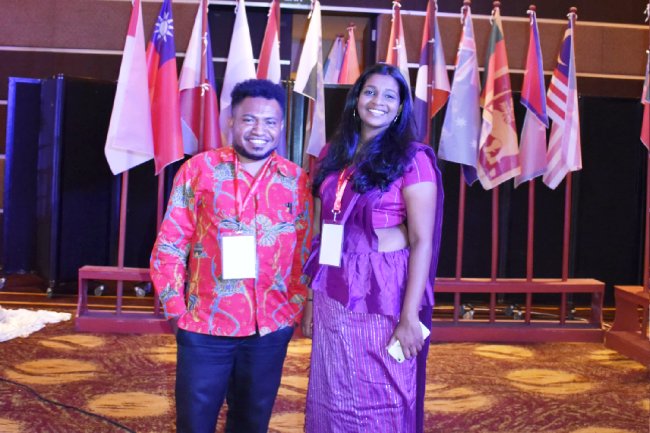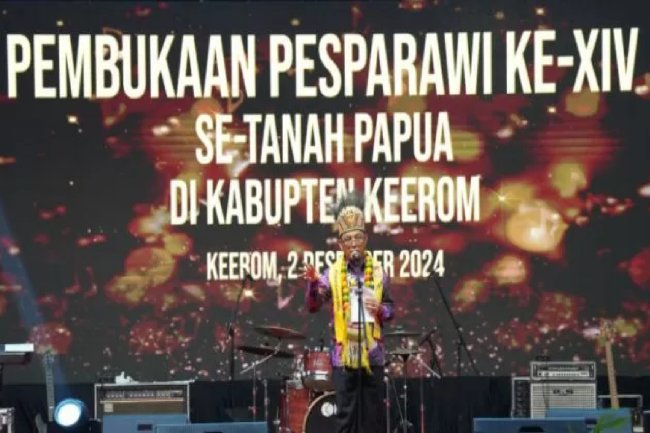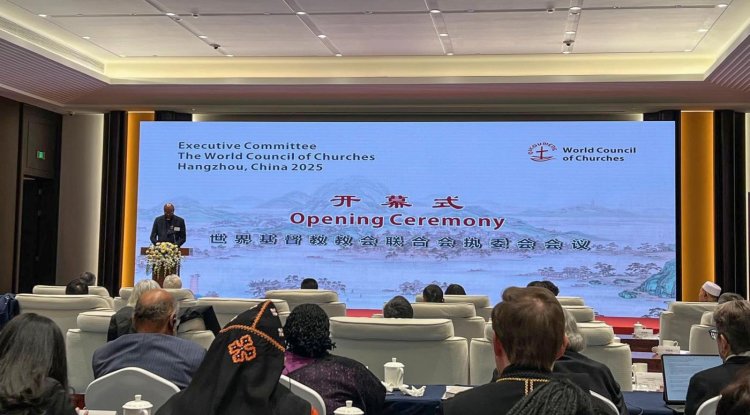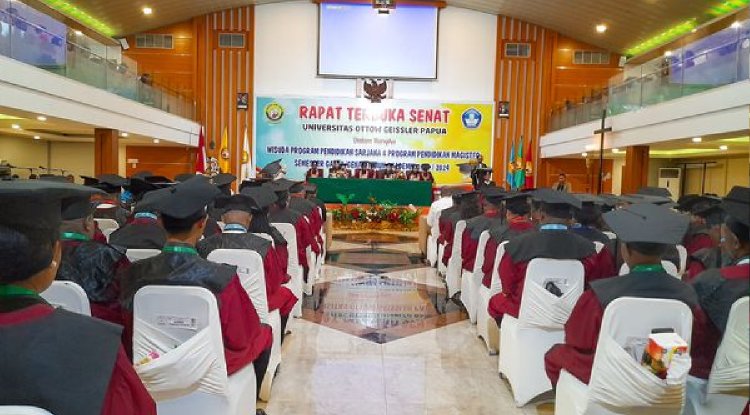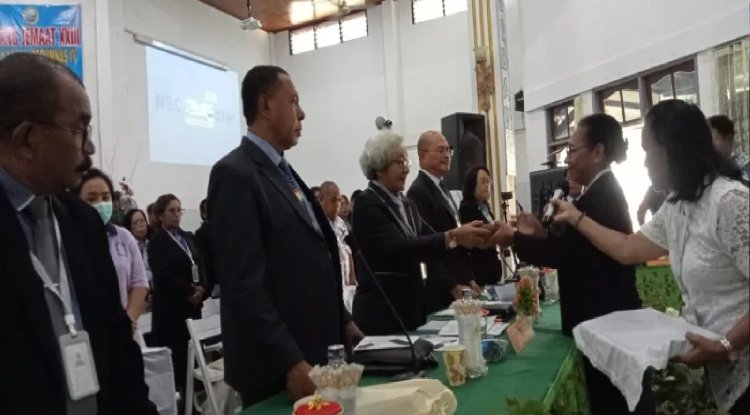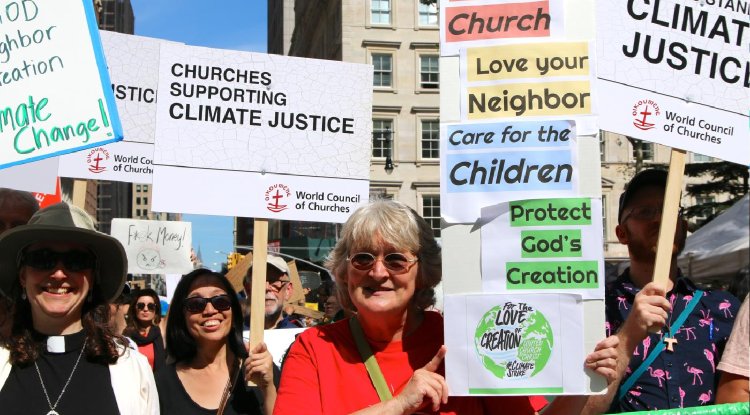THE MISSIONARY JOURNEY THAT CHANGED HISTORY AND LEFT A MARK IN PAPUA
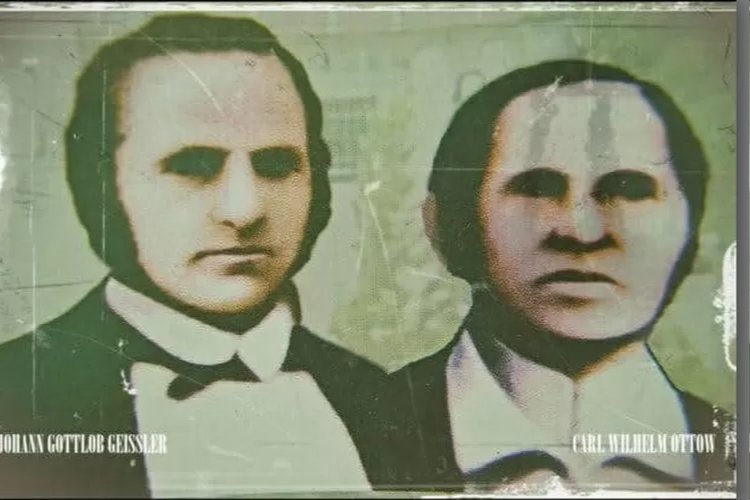
Imagine a pair of feet treading the muddy shores of a wild coast. The sea breeze slaps their faces, and the sounds of exotic birds mix with the gusts of wind carrying the thick aroma of the tropical rainforest. Two young men, Carl Wilhelm Ottow and Johann Gottlob Geissler, stand on the shores of Mansinam Island in early 1855, carrying something they believed to be stronger than the waves of the ocean—their faith.
But this journey was not just about faith. Both men came from humble lives in Europe. Ottow, born in 1827, was a young man whose heart had been shaped by his loving mother and the Christian teachings he heard throughout his childhood. Meanwhile, Geissler, born in 1830, grew up in a tailor’s family with deeply rooted Lutheran values. Yet, what gave them the courage to leave the comforts of home and face the uncertainty of a world untouched by modernity?
They were not ordinary missionaries spreading the Gospel to the darkest corners of the world. Their journey transcended boundaries. Before them stood not only communities with unfamiliar languages and cultures but also the harsh challenges of nature: malaria, deadly tropical humidity, and the uncertainty of whether their message would be accepted or rejected with hostility.
Despite all these fears, Ottow and Geissler decided to stay. They learned the local language, observed the customs of the local community, and recorded the daily lives of the Papuan people. There was beauty they witnessed amidst the simplicity of the local community’s life. They saw family togetherness during traditional rituals, the spirit of cooperation, and local wisdom so different from what they knew in Europe. They did not come merely to change but to learn, understand, and become part of Papua’s cultural journey.
Their path, however, was full of challenges. There were moments when their hopes dimmed, when they lost comrades to illness and felt as though they had reached the end of the road with no certainty. Perhaps they asked themselves, “Why am I here? Is all of this worth it?” Yet, like the sun that continuously rises over the horizon of Papua’s seas, their determination never completely faded.
Ottow and Geissler were not just missionaries. They were pioneers in documenting Papua’s local culture. Their notes held stories of traditional dances, ancient myths, and a deep relationship between humans and nature. They sought to preserve all of it before external influences changed everything. They wrote about the simplicity of life intertwined with the wonders of the wild, where dense forests became hunting grounds and rivers served as lifelines.
However, their journey also left marks that were not always easy to remember. The influence of colonialism followed in their footsteps, and it is undeniable that their work contributed to significant social changes in local communities. For some, their mission brought positive impacts in the form of education and spiritual growth. For others, their legacy symbolized the beginning of drastic changes that disrupted the roots of Papua’s native culture.
One lingering question remains: What made them stay until the end of their lives? Perhaps the answer is simple yet profound. They did not see their mission as merely a spiritual task, but as a commitment to humanity. They saw the faces of children eager to learn to read, heard the voices of women telling bedtime stories around the campfire, and felt the sincerity of smiles from people who shared their food even when their own supplies were limited. All of this was part of the reason they stayed.
In the end, when they closed their eyes for the last time in a foreign land that had become their second home, Ottow and Geissler left more than just a small church building or old notebooks. They left a legacy—a legacy that lives on in the hearts of the Papuan people, in the history of spreading the Gospel in Indonesia, and in the memories of two young men who challenged the world with their convictions.
But this legacy is not just about success or failure. Their legacy teaches us about sacrifice, perseverance, and how humanity can bridge cultural divides with respect and sincerity. Ottow and Geissler remind us that the human journey is not always about the outcome, but about the process—about how we take each step, even when that step leads us to places we never imagined.
Today, their names are written in history, but their story will never truly end. It will continue to live in the hearts of the Papuan people, in every song sung in small coastal churches, and in the memories of those who still remember the time when two European men sought to understand a new world with open hands and hopeful hearts.
What's Your Reaction?







